— The Kendo Textbook of Imperial Japan —
Witten by one of the foremost kenshi of the 20th century Ogawa Kinnosuke sensei, the Teikoku Kendo Kyohon (The Kendo Textbook of Imperial Japan) was originally published in 1932, then revised and re-published in 1937. Here, for the first time in any language other than Japanese, we are proud to present a complete translation of the revised version.
(Get it now: PRINT or DIGITAL)
When this book was published in the 1930s, Ogawa sensei was the head instructor of the Budo Senmon Gakko (Busen), the school run by the Dai-Nippon Butokukai, the largest and most influential martial arts organisation in Japan. Busen was a teacher-training college and the premier place to study kendo prior to the war. It’s graduates taught kendo all over Japan (before and after the war) and it’s not too much to say that what was taught there – about the philosophy of kendo as well as it’s execution – forms the basis of the kendo that we do today in the 21st century.
Ogawa sensei himself was a graduate of the direct forerunner to Busen and a direct student of Naito Takaharu sensei, the first head teacher of the school. Graduating in 1910, he then spent 4 years as a police kendo teacher in Nagoya before returning to Busen as a junior teacher in 1914. Obviously a highly adept kendoka, his promotion was swift, eventually becoming the head instructor on the death of Naito sensei in 1929.
It is my belief that this book – the only one that Ogawa sensei wrote – is one, if not the best reference to understand not only how physical kendo was taught at the the most prestigious kendo teaching facility in Japan prior to the war, but it’s philosophical and ideological background as well.
In the introduction I also add the following reasons about why I chose this book in particular to translate:
- I believe it serves well as a companion volume to my earlier published Kendo Tokuhon.
- It is an important historical reference.
- It provides a true sense of kendo’s historical development.
I’m sure – once you get this beautiful book in your hands – you will find this a great addition to your kendo library!!!
Pictures and video
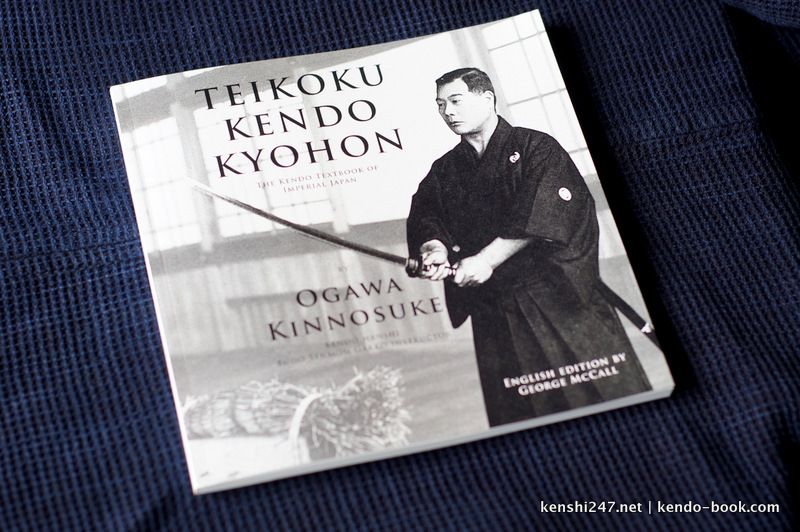
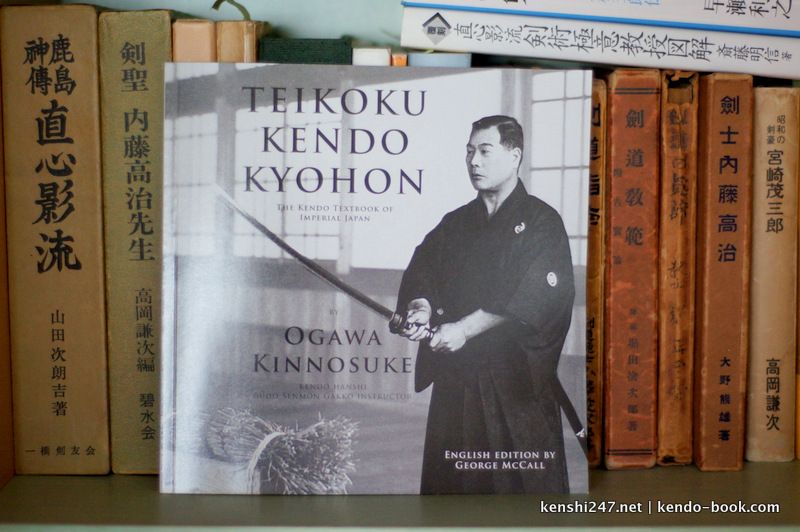


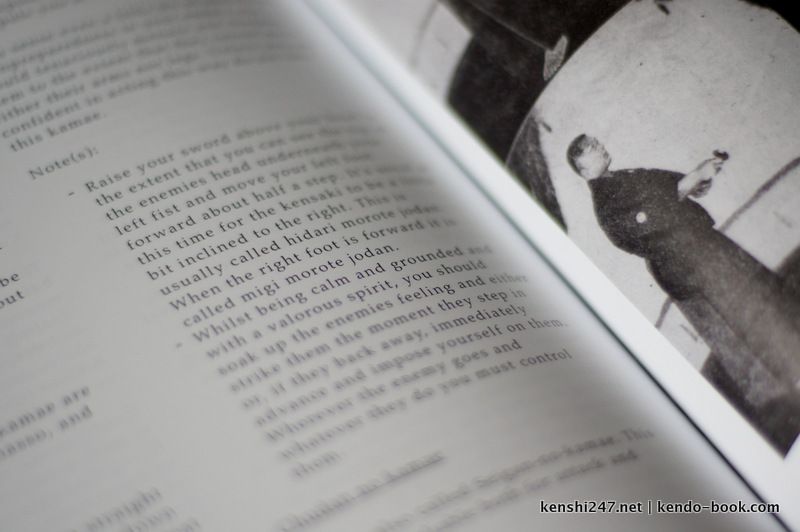
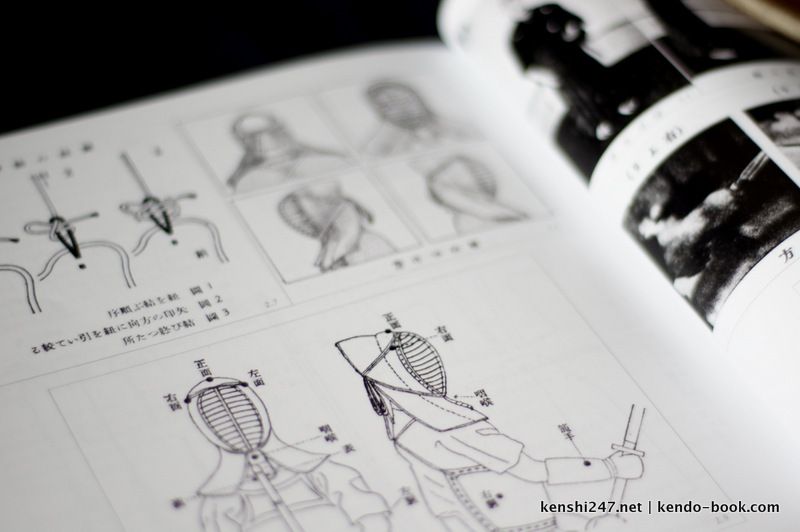
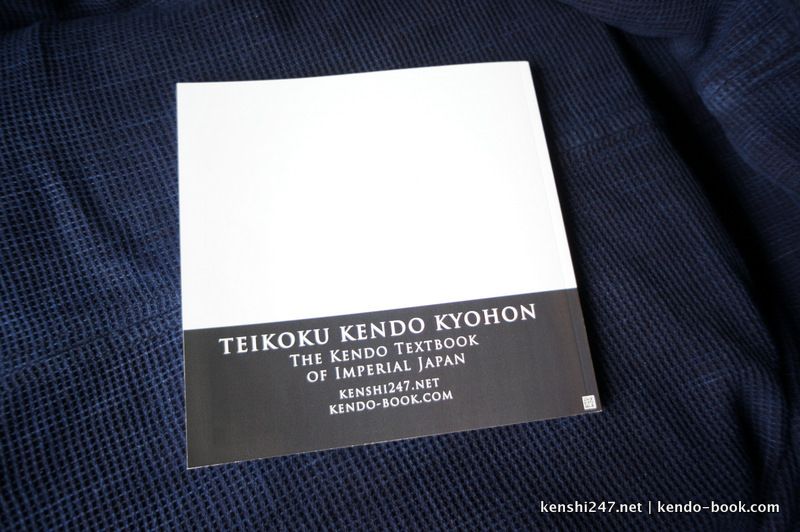
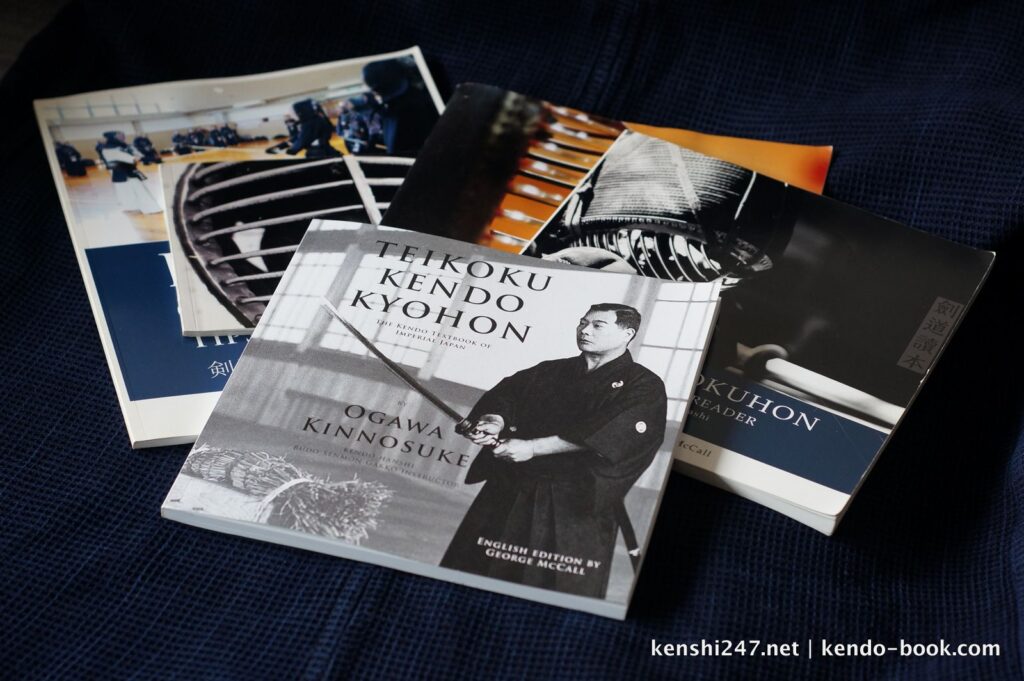
Contents
- Editor’s introduction – About this new edition
- Dai Nippon Butokukai – Background information
- Budo Senmon Gakko (busen) – Background information
- Ogawa Kinnosuke – A bio of the author
- Teikoku Kendo Kyohon – 12 chapters (Foreword, Overview, Preparation for Shugyo, Kihon, Jigeiko, Shiai, Explanation of techniques, Technique principles, Kata, A brief history of kendo, On Swords, Pictures and diagrams)
- About the editor – information about the editor
Formats
We offer two formats: an absolutely gorgeous deluxe printed version, and a more affordable digital one.
At just shy of 120 pages, the printed book is chunky and feels solid. It’s printed on magazine quality paper which is acid-free and FSC-certified, which means it’s from responsibly managed forests and verified recycled sources. It also smells great!
We love books and it’s our wish that everyone orders the print version. However, as the books are printed on demand in America, we are well aware of the added costs that come with postage and packing. Therefore, we have decided to make the print version available in digital format (pdf) for people that don’t want to be burdened with these extra costs.
Whichever format you choose, we are sure you won’t be disappointed – either in price, quality, or content.
Get it !
Excerpt
Here is an excerpt from the Overview chapter, from a section entitled “The purpose of kendo” :
When it comes to the question of the purpose of kendo then you will find that the answer depends on the individual: “Kendo is the art of learning how to use a sword,” “It is an art of self-protection,” “It’s a sport,” “It’s a method of disciplining the mind and body” etc. These differing answers are the consequence of what they learned from kendo. That is to say, these are the results of kendo training, not the purpose. Kendo isn’t about such simple things, its purpose is larger: “To train and discipline the mind and body in service to the nation.”Essentially, the purpose of a sword is to cut and kill people. As simply an object a sword itself is not embedded with good or evil, however, depending on the character of the person who employs it, good or evil can be expressed through it.
The book has many more passages like the one above as well as a fair amount of technical discussion as well – something for everyone.
Testimonials
George has done it again! The Teikoku Kendo Kyohon is his latest contribution to the English-speaking kendo community, and it really is an excellent work. Similar to kenshi247’s previous release, The Kendo Reader, this is also a translation of a pre-World War II kendo manual. George makes the point in his introduction that he feels this is sort of a companion piece to that work, and I couldn’t agree more. Both works certainly contain elements of technical instruction, as well as deeper discussions on kendo philosophy, but they go about it in different and interesting ways. Both works complement each other and provide us with a great compare and contrast view as to what kendo was like prior to World War II, and the many influences that have shaped kendo into what we know today. I think that is where the true value of the Teikoku Kendo Kyohon lies; in the insight it provides into where modern kendo came from. Ogawa-sensei sets out almost immediately what the “purpose of kendo” is, and I found it extremely interesting to consider both how this perception has changed over the years, as well as what parts of that perception have remained. Ogawa-sensei was an incredibly important figure in shaping kendo today, and this book is a major part of that influence. If you are interested in the history of kendo and how it has evolved, then this book is an absolute must-read. Of course, the book contains numerous and thorough descriptions of kendo technique and you won’t be disappointed there. But I personally felt that the historical value was the most intriguing aspect. Of particular note, I felt that the discussion of hikiage was one of the most thought-provoking points of the book. It was a term I was unfamiliar with, but it was something that was immediately recognizable as applicable to today’s kendo. I won’t get into the details of the discussion, as you’ll have to read for yourself, but I felt that the points Ogawa-sensei raised were extremely interesting, and definitely worth a discussion with your fellow kenshi, especially given recent highly visible and widely viewed international events such as the WKC in Tokyo. This is an excellent book and I’m glad to see George keeping up the good work! Pick up a copy and add to your kendo library! – Clif from Atlanta
Bonus: Ogawa Kinnosuke in action (1934)
Luckily, there is some video of Ogawa actual doing kendo! This is from 1934 and was filmed at a Tenranjiai (shiai in front of the Emperor) in Saineikan, the dojo in the grounds of the imperial palace in Tokyo. He is on the right in this video. His opponent is Saimura Goro.
